The anthropic principle, also known as the "observation selection effect", is the hypothesis, first proposed in 1957 by Robert Dicke, that the range of possible observations that could be made about the universe is limited by the fact that observations could happen only in a universe capable of developing intelligent life. Proponents of the anthropic principle argue that it explains why the universe has the age and the fundamental physical constants necessary to accommodate conscious life, since if either had been different, no one would have been around to make observations. Anthropic reasoning is often used to deal with the idea that the universe seems to be finely tuned for the existence of life.

The multiverse is the hypothetical set of all universes. Together, these universes are presumed to comprise everything that exists: the entirety of space, time, matter, energy, information, and the physical laws and constants that describe them. The different universes within the multiverse are called "parallel universes", "flat universes", "other universes", "alternate universes", "multiple universes", "plane universes", "parent and child universes", "many universes", or "many worlds". One common assumption is that the multiverse is a "patchwork quilt of separate universes all bound by the same laws of physics."
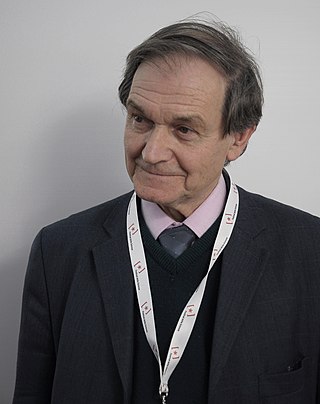
Sir Roger Penrose is an English mathematician, mathematical physicist, philosopher of science and Nobel Laureate in Physics. He is Emeritus Rouse Ball Professor of Mathematics in the University of Oxford, an emeritus fellow of Wadham College, Oxford, and an honorary fellow of St John's College, Cambridge, and University College London.
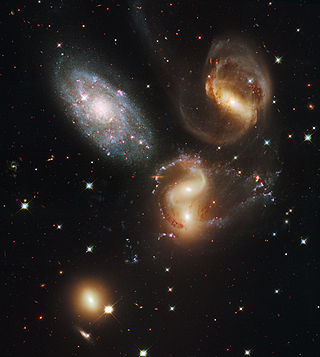
Reality is the sum or aggregate of all that is real or existent within the universe, as opposed to that which is only imaginary, nonexistent or nonactual. The term is also used to refer to the ontological status of things, indicating their existence. In physical terms, reality is the totality of a system, known and unknown.
Quantum suicide is a thought experiment in quantum mechanics and the philosophy of physics. Purportedly, it can falsify any interpretation of quantum mechanics other than the Everett many-worlds interpretation by means of a variation of the Schrödinger's cat thought experiment, from the cat's point of view. Quantum immortality refers to the subjective experience of surviving quantum suicide. This concept is sometimes conjectured to be applicable to real-world causes of death as well.
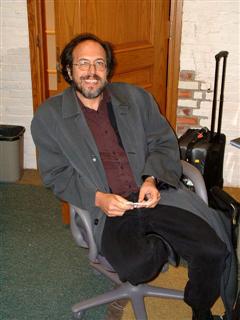
Lee Smolin is an American theoretical physicist, a faculty member at the Perimeter Institute for Theoretical Physics, an adjunct professor of physics at the University of Waterloo and a member of the graduate faculty of the philosophy department at the University of Toronto. Smolin's 2006 book The Trouble with Physics criticized string theory as a viable scientific theory. He has made contributions to quantum gravity theory, in particular the approach known as loop quantum gravity. He advocates that the two primary approaches to quantum gravity, loop quantum gravity and string theory, can be reconciled as different aspects of the same underlying theory. He also advocates an alternative view on space and time that he calls temporal naturalism. His research interests also include cosmology, elementary particle theory, the foundations of quantum mechanics, and theoretical biology.

Max Erik Tegmark is a Swedish-American physicist, Machine Learning researcher and author. He is best known for his book Life 3.0 about what the world might look like as Artificial intelligence continues to improve. Tegmark is a professor at the Massachusetts Institute of Technology and the president of the Future of Life Institute.
The ultimate fate of the universe is a topic in physical cosmology, whose theoretical restrictions allow possible scenarios for the evolution and ultimate fate of the universe to be described and evaluated. Based on available observational evidence, deciding the fate and evolution of the universe has become a valid cosmological question, being beyond the mostly untestable constraints of mythological or theological beliefs. Several possible futures have been predicted by different scientific hypotheses, including that the universe might have existed for a finite and infinite duration, or towards explaining the manner and circumstances of its beginning.

Permutation City is a 1994 science-fiction novel by Greg Egan that explores many concepts, including quantum ontology, through various philosophical aspects of artificial life and simulated reality. Sections of the story were adapted from Egan's 1992 short story "Dust", which dealt with many of the same philosophical themes. Permutation City won the John W. Campbell Award for the best science-fiction novel of the year in 1995 and was nominated for the Philip K. Dick Award the same year. The novel was also cited in a 2003 Scientific American article on multiverses by Max Tegmark.
The characterization of the universe as finely tuned intends to explain, why the known constants of Nature, such as the electron charge, the gravitational constant etc., have the values, that we measure, rathat than some other other (arbitrary) values. The "fine-tuned Universe" hypothesis states, if values of the constants of universe are too different from what we had now, "life as we know it" can not exist. In practise, this hypothesis is formulated in terms of dimensionless physical constants.

John David Barrow was an English cosmologist, theoretical physicist, and mathematician. He served as Gresham Professor of Geometry at Gresham College from 2008 to 2011. Barrow was also a writer of popular science and an amateur playwright.
In physics and cosmology, the mathematical universe hypothesis (MUH), also known as the ultimate ensemble theory, is a speculative "theory of everything" (TOE) proposed by cosmologist Max Tegmark.

The Trouble with Physics: The Rise of String Theory, the Fall of a Science, and What Comes Next is a 2006 book by the theoretical physicist Lee Smolin about the problems with string theory. The book strongly criticizes string theory and its prominence in contemporary theoretical physics, on the grounds that string theory has yet to come up with a single prediction that can be verified using any technology that is likely to be feasible within our lifetimes. Smolin also focuses on the difficulties faced by research in quantum gravity, and by current efforts to come up with a theory explaining all four fundamental interactions. The book is broadly concerned with the role of controversy and diversity of approaches in scientific processes and ethics.

The Boltzmann brain thought experiment suggests that it might be more likely for a single brain to spontaneously form in a void, complete with a memory of having existed in our universe, rather than for the entire universe to come about in the manner cosmologists think it actually did. Physicists use the Boltzmann brain thought experiment as a reductio ad absurdum argument for evaluating competing scientific theories.
The simulation hypothesis proposes that what humans experience as the world is actually a simulated reality, such as a computer simulation in which humans themselves are constructs. There has been much debate over this topic, ranging from philosophical discourse to practical applications in computing.

Parallel Worlds: A Journey Through Creation, Higher Dimensions, and the Future of the Cosmos is a popular science book by Michio Kaku first published in 2004.
In non-technical terms, M-theory presents an idea about the basic substance of the universe. As of 2023, science has produced no experimental evidence to support the conclusion that M-theory is a description of the real world. Although a complete mathematical formulation of M-theory is not known, the general approach is the leading contender for a universal "Theory of Everything" that unifies gravity with other forces such as electromagnetism. M-theory aims to unify quantum mechanics with general relativity's gravitational force in a mathematically consistent way. In comparison, other theories such as loop quantum gravity are considered by physicists and researchers/students to be less elegant, because they posit gravity to be completely different from forces such as the electromagnetic force.
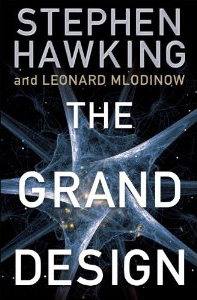
The Grand Design is a popular-science book written by physicists Stephen Hawking and Leonard Mlodinow and published by Bantam Books in 2010. The book examines the history of scientific knowledge about the universe and explains eleven-dimensional M-theory. The authors of the book point out that a Unified Field Theory may not exist.
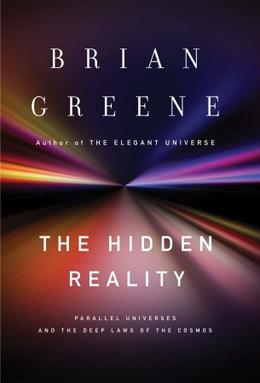
The Hidden Reality: Parallel Universes and the Deep Laws of the Cosmos is a book by Brian Greene published in 2011 which explores the concept of the multiverse and the possibility of parallel universes. It has been nominated for the Royal Society Winton Prize for Science Books for 2012.
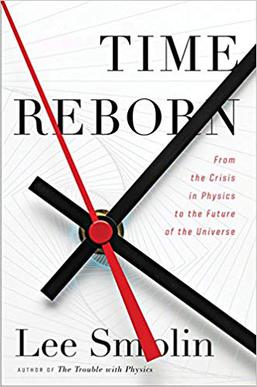
Time Reborn: From the Crisis in Physics to the Future of the Universe is a 2013 book by the American theoretical physicist Lee Smolin.













